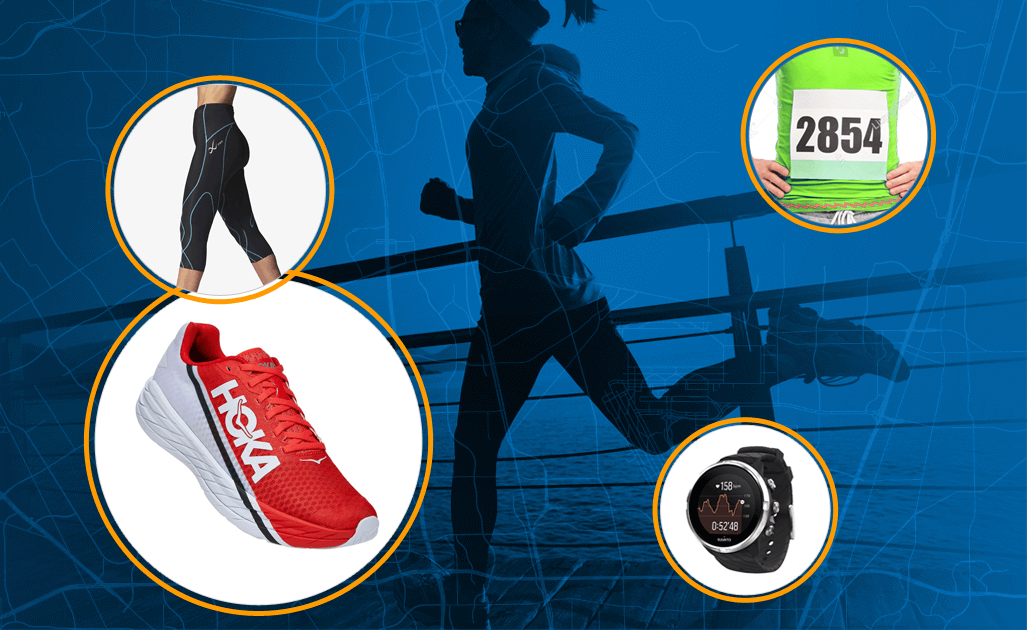Wondering how to make running uphill suck less?
.
The simple act of running is a continuous battle against gravity made even more difficult when you’re staring up at a steep and looming climb placed between you and the finish line—all the while, questioning your life choices.
.
Whether you’re a pure road runner, a trail junkie, or a combination of both, the topography of a route will affect you for better or worse.
.
Mastering running uphill can make racing (and running as a whole) much more enjoyable and efficient.
Not convinced? Well, aside from race times, better uphill running also promotes:
Here, you’ll find 3 tips and sample workouts for improving your ability to run stronger on the uphills when it counts—even if you live in a pancake-flat area and have mountain running aspirations.
Above: Author, Abby Lock, finishes as the first female and 9th overall at the 2024 Dragon’s Back Ascent at the 2024 Mammoth Trailfest. The course climbs over 2,500ft in 3 miles. Uphill-only races like this one require some running and power hiking transitions. Photo credit: Jason Peters
Pick your mantra and literally run with it.
.
Shifting the way you think about running uphill can drastically change the experience. Similar to a placebo effect, the more you believe that running uphill is benefitting you, the more it will actually do so.
Here are a few specific ways you can work to shift your mindset around running uphill:
.
😁Don’t underestimate the power of a smile–even if smiling is the last thing you want to do:
.
This might sound corny, but this scientific study found that the simple act of making oneself smile during exercise can reduce perceived effort and improve mood.
😀Disregard social taboo and start talking to yourself (nicely):
.
Depending on who you ask, you’ll get a different percentage breakdown, but we can likely all agree that a large portion of running occurs between the ears.
.
Running uphill is quite possibly one of the more challenging aspects of our sport, so it’s a perfect time to implement some positive self-talk.
.
🏃♂️➡️Writer and Coach, David Roche outlines such self-talk as “performance enhancing thoughts” in his article for Trail Runner Magazine.
.
If you have a hill workout on the schedule or a race with punchy rollers, take some time beforehand to identify a few phrases you can use when gravity fights back.
.
🏃♀️➡️They can range from warm and fuzzy to more objective; the important thing is that you resonate with the words you’re repeating internally (or even out loud), like:
As you hone your mental approach to uphill running, take inventory of your uphill running technique. Every cue for uphill technique has two goals: to conserve energy and maximize output.
Above: Kim Dobson has an impressive resume when it comes to uphill running, including the Pikes Peak Ascent course record which climbs more than 7,815 ft over a half marathon. Photo from Wikimedia Commons.
As much as we’d like to think that running is an innate movement pattern that every human is born to execute with perfection, it’s often not.
.
Running—particularly to the best of your ability—is a skill.
.
Running uphill efficiently is an even more specific skill.
If you watch some of the best uphill runners, such as:
You'll see they share similar form and technique. This should of course come with the caveat that uphill running form can look different for different bodies; however, some recommendations for uphill running technique can be applied more generally, like this:
✅Relax your upper body and use your arm-swing to your advantage
.
Running uphill is difficult enough without wasting precious energy by contracting muscles that aren’t actively propelling you uphill. Some areas runners often carry unnecessary tension are the shoulders, biceps, and hands.
.
The next time you’re running up a hill, take a quick scan of your upper body:
✅Lean into the hill
.
Let your strongest and most fatigue-resistant muscles do the work.
✅Find a cadence that works for you
.
For most runners, this means shortening your stride and taking shorter, choppier steps on steep uphills.
.
There are some (primarily tall male) elite runners who take large steps and put more power into their uphill running stride, but this is not the most common uphill strategy.
.
In order to find the ideal cadence for you, play around with different grades on the treadmill while wearing a heart rate monitor.
✅Breathe
.
This sounds obvious, right? But based on how many Google searches runners make of “how to breathe while running,” it might not be that simple.
.
When running uphill, you might find that syncing your breath with your steps might keep you more relaxed, and thus, efficient.
.
Try this:
✅Learn when to hike
.
For trail runners specifically, the hike or run debate will likely never settle. This is probably due to individual variations in running mechanics and physiology.
Above: Joseph Gray gets gritty running uphill to a solid second place finish at the 2012 Mount Washington Road Race where he was bested by Sage Canaday. Photo from Wikimedia Commons.
Train for the demands of your event or goal!
.
This means studying the course elevation profile and understanding the incline grades you’re up against and the total vertical gain and loss you’ll encounter; the better prepared you can be for the hills, the better you’ll feel on the day.
.
This is particularly important for runners who live and train in flat areas, but have big and awesome mountainous running goals! Related: Technical Trail Tips.
.
📈Use hill repeats strategically in training
.
Hill repeats are some of the most versatile interval workouts available to a runner. Not only can they improve your aerobic engine, but they also build strength and endurance.
.
Generally, the longer the hill repeats, the lower intensity you’re working at. Hiring a running coach can be helpful if you’re unsure about how and when to periodize hill workouts in your training for a specific event.
📈Try uphill treadmill workouts
.
With less impact on the body, an uphill treadmill session that mimics the inclines you’ll encounter at your goal race/event can be wildly effective for building fitness—particularly if you don’t have access to hills where you live.
.
From intervals to tempos, you can climb to your heart’s content without ever having to descend! Stairmills can also help mountain runners who plan to hike during their events build strength and endurance without impact. Related: Cross-Training for Runners
🏃➡️Channel and foster your competitive spirit
.
Tackle an uphill Strava segment that mimics a portion of your race terrain or do an uphill time trial or fitness test like the 15/15 challenge.
.
Using race-day simulations can help you push and learn your limits when competition is on the line.
.
You might learn something about yourself during the race simulations that you wouldn’t encounter in a workout.
.
For example...
If the race simulation doesn’t go well, take it as a data point and adjust intensities accordingly. If you nail it on the first try, you’re one of the lucky few.
Above: Sage Canaday fights for second place behind Joe Gray at the 2017 Mount Washington Road race. Canaday is known for doing many of his workouts on the uphill treadmill at 15% incline.
While hills don’t get any easier, you will get stronger at running uphill by implementing these tips.
.
You’ll start to notice that the hills don’t sap your energy like they used to; you’ll be able to run harder for longer regardless of what the race director throws your way on the day.

Login to your account to leave a comment.
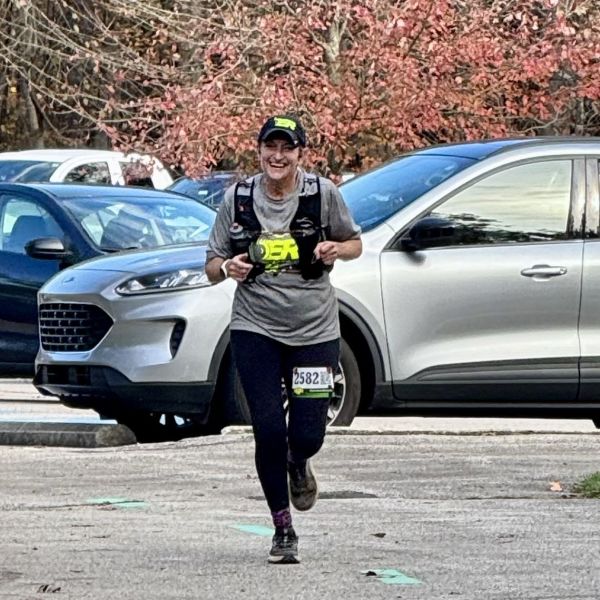
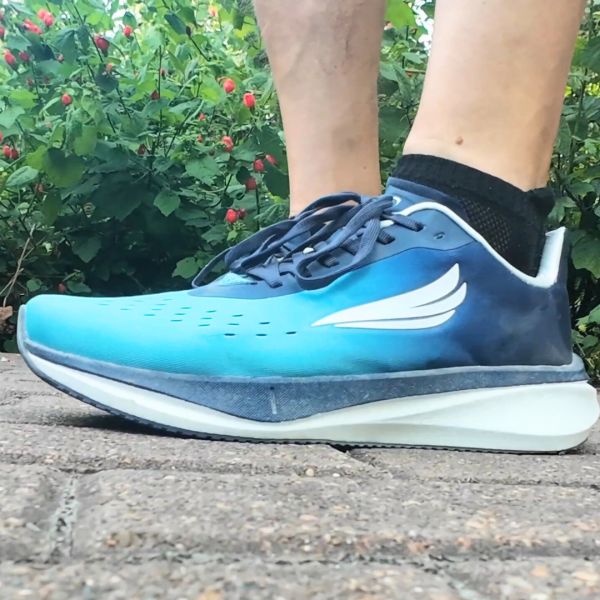

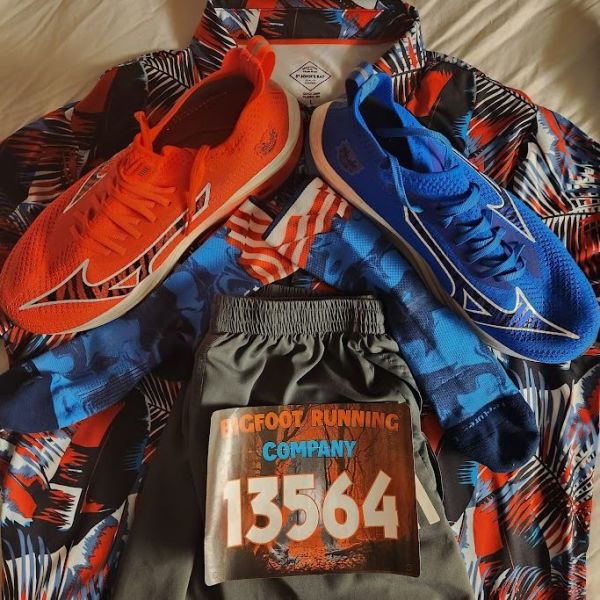
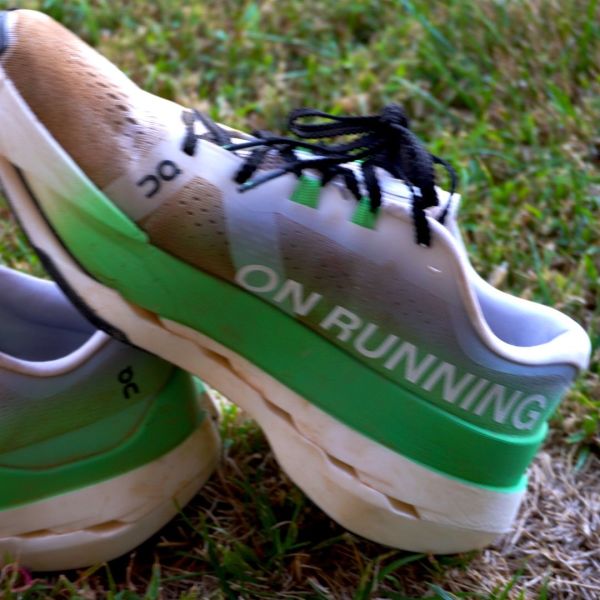
We Want to Give it to You!
